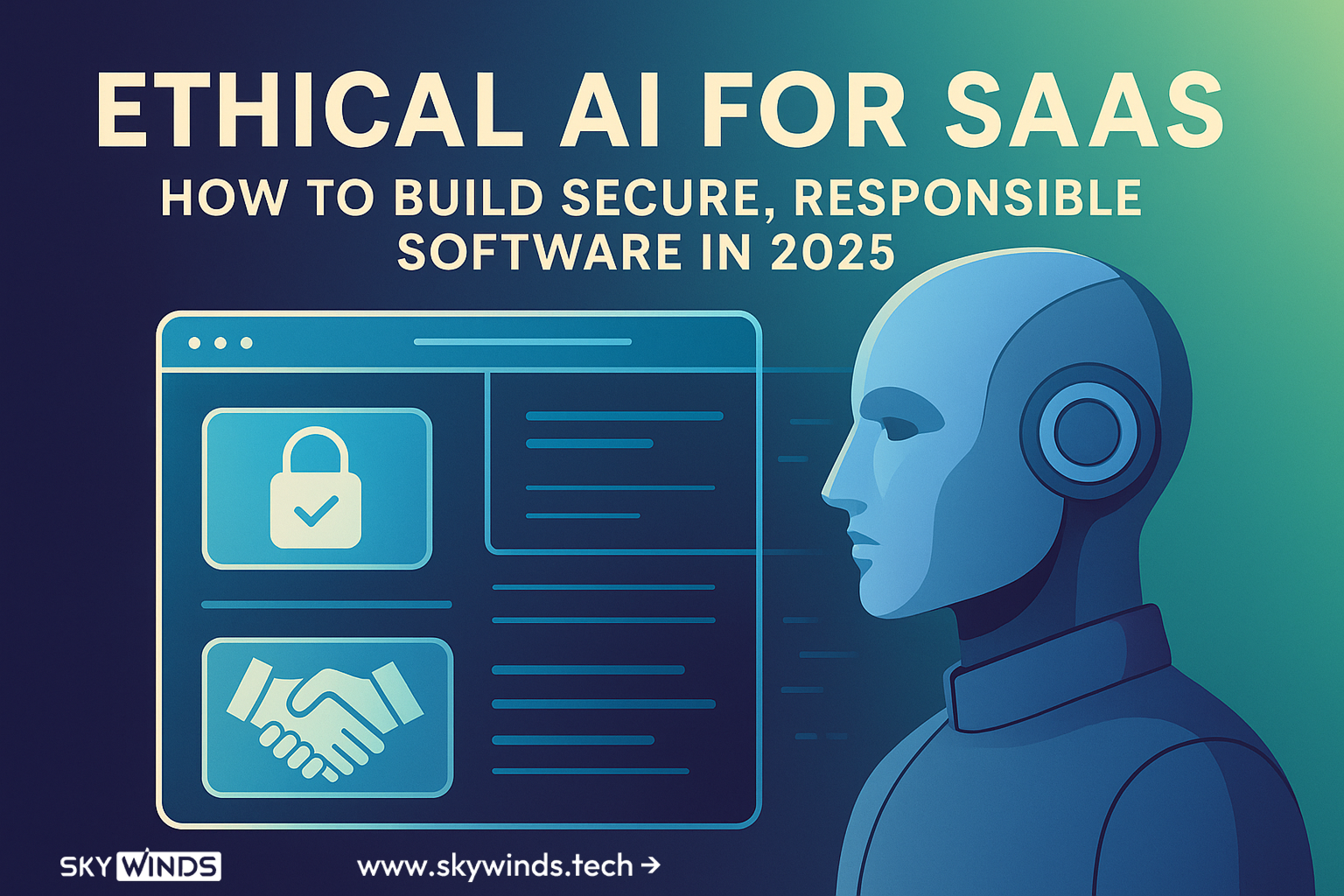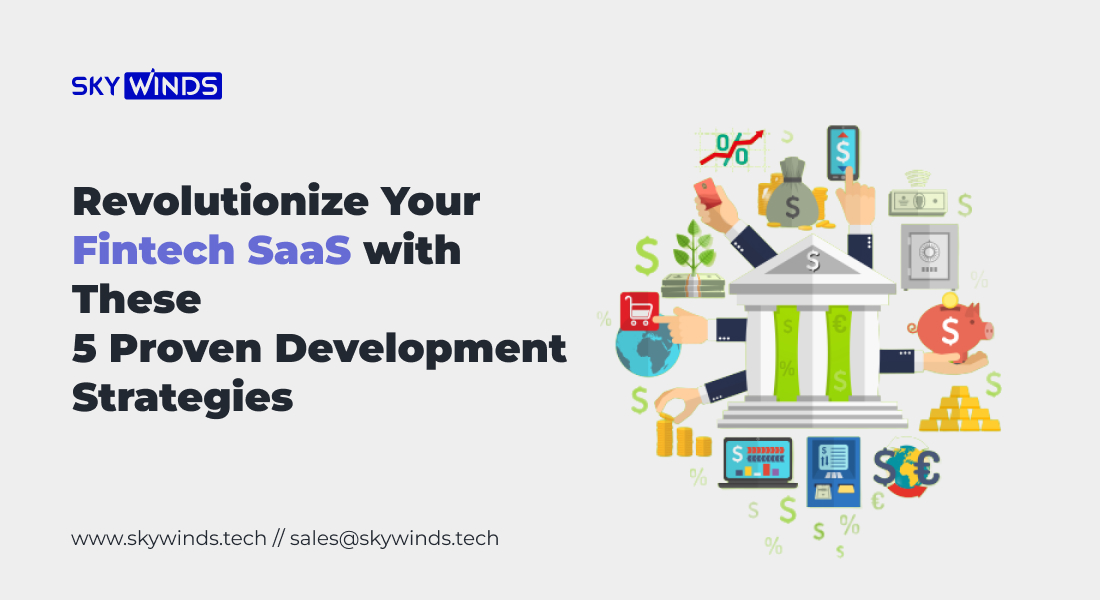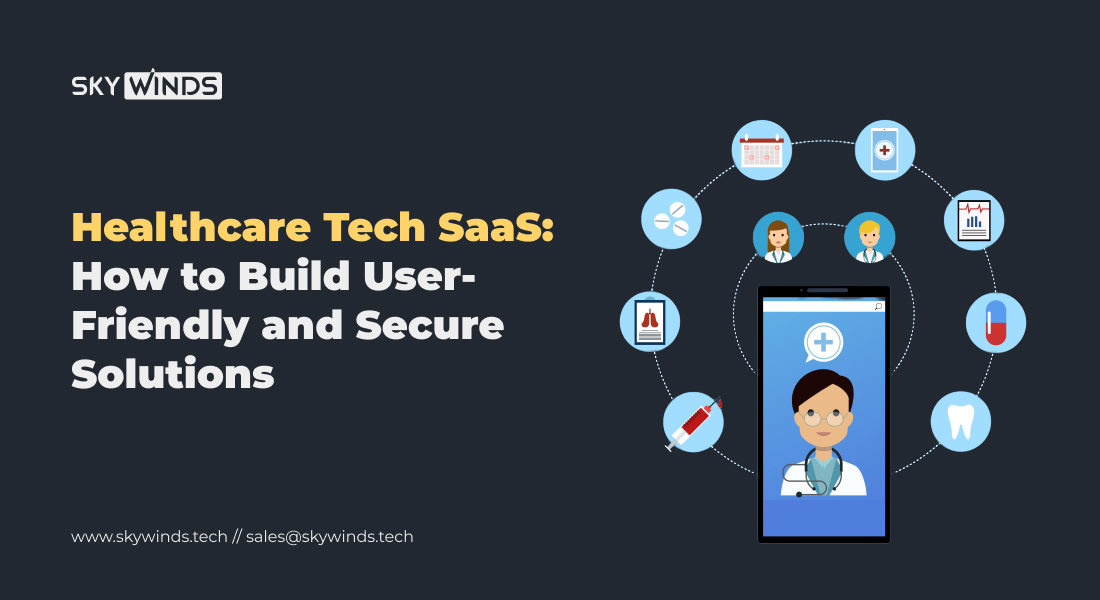AI isn’t just shaping SaaS products—it’s defining their future. But with power comes pressure. As of 2025, regulators, users, and investors are demanding more than just performance. They want transparency, security, and ethical guardrails built into every intelligent feature your platform offers.
From automating customer support to powering decision engines, AI is everywhere. But as these tools become more powerful, so do the ethical risks: biased predictions, data misuse, opaque algorithms, and unintended consequences that hurt real users.
In 2025, ethical AI is no longer optional. North American regulators are drafting strict AI policy frameworks, while global standards like the EU AI Act are already influencing cross-border compliance. Meanwhile, investors and enterprise clients in both the U.S. and Canada are demanding clear answers: How was this AI trained? Is it secure? Is it fair?
At Skywinds, we help SaaS companies across the U.S. and Canada embed ethical, secure AI into every layer of their software—from data governance and algorithmic transparency to human-in-the-loop safeguards. The goal? Protect user trust, meet emerging standards, and stay ahead of both lawsuits and the competition.
This guide breaks down what ethical AI really means in 2025—and how SaaS builders in North America can implement it without slowing down innovation.
Table of Contents
2. Why Ethical AI Is Essential for SaaS in 2025
In 2025, the pressure to build ethical AI isn’t just coming from regulators—it’s coming from the market. For SaaS companies in the U.S. and Canada, the shift toward ethical AI is being driven by three powerful forces: compliance risk, customer expectations, and competitive advantage.
1. Rising Regulatory Pressure
While the EU AI Act is the world’s first comprehensive law on artificial intelligence, its impact extends far beyond Europe. Any SaaS company that serves EU users—or processes data tied to EU citizens—must comply. This includes common SaaS use cases like:
- AI-powered lead scoring
- Automated hiring tools
- Customer service chatbots
- Generative content platforms
Meanwhile, the U.S. White House Blueprint for an AI Bill of Rights and Canada’s Artificial Intelligence and Data Act (AIDA) are pushing for similar rules: algorithmic transparency, data privacy, and non-discrimination.
Penalties for non-compliance can be severe—including fines up to €35 million or 7% of global turnover under the EU Act. While the U.S. and Canada haven’t finalized equivalent fines yet, state-level lawsuits over biased algorithms and consumer data misuse are already making headlines.
2. Trust Is a Business Differentiator
Today’s enterprise buyers and end users care how your AI works. They want to know:
- Is this model trained on private or public data?
- What happens if the AI makes a mistake?
- Can I understand and challenge an AI decision?
According to a 2024 Deloitte survey, 62% of North American B2B buyers said “ethically-built AI” is now a top five purchase factor when evaluating SaaS platforms. If your competitors can demonstrate transparency and bias safeguards—and you can’t—you’re already behind.
3. Investor & Legal Scrutiny Is Increasing
Venture firms and M&A buyers are now running AI due diligence audits. They want to see:
- Bias reports
- Governance protocols
- Ethics training
- Consent documentation
If you can’t produce these, you’re seen as a liability. And with class-action lawsuits over AI bias (especially in HR tech, lending, and insurance) rising in U.S. courts, even small missteps can lead to long-term brand damage.
3. Core Pillars of Ethical AI in SaaS Development
Building ethical AI isn’t just about avoiding harm—it’s about creating systems that are trusted, transparent, and resilient. For SaaS companies in the U.S. and Canada, these five pillars should guide how AI is designed, trained, and deployed.
1. Fairness & Bias Mitigation
AI systems can unintentionally discriminate if they’re trained on biased or unbalanced data. This is especially risky in SaaS sectors like HR tech, finance, healthcare, and customer analytics.
Best practices:
- Use open-source tools like IBM’s AI Fairness 360 or Fairlearn to evaluate model fairness.
- Regularly run demographic impact tests before launch.
- Involve diverse teams during model training and validation.
2. Transparency & Explainability
If users can’t understand how an AI decision was made, they won’t trust it. And if regulators can’t audit it, you’re at legal risk.
Best practices:
- Use Explainable AI (XAI) frameworks like SHAP or LIME to make model behavior visible.
- Present clear messaging in your app when AI is in use (“This decision was assisted by AI based on…”).
- Maintain documentation of training data sources, version histories, and logic flow.
3. Human-in-the-Loop & Accountability
No matter how advanced your AI is, someone must still be responsible for its output—especially when it impacts customers’ money, health, or rights.
Best practices:
- For high-impact decisions, ensure human review before action is taken.
- Assign clear accountability roles (e.g., AI ethics lead, governance team).
- Offer users a way to dispute or appeal AI-generated decisions.
4. Privacy-by-Design & Data Governance
With growing privacy regulations in both Canada (AIDA) and U.S. states (like California’s CPRA), your AI must be built with privacy in mind from day one.
Best practices:
- Anonymize personal data before model training.
- Limit data collection to what’s necessary for functionality.
- Log every interaction and use audit trails to maintain accountability.
5. Governance & Ethics Culture
Ethical AI isn’t a technical checklist—it’s a company-wide mindset.
Best practices:
- Create an internal AI ethics committee or working group.
- Provide training for developers and PMs on fairness, explainability, and compliance.
- Publish regular transparency reports outlining your AI practices, updates, and risks.
4. Step-by-Step Workflow for Secure, Responsible AI
For SaaS teams in the U.S. and Canada, ethical AI isn’t something you bolt on at the end—it’s embedded throughout the development lifecycle. Here’s a practical, repeatable workflow to guide your team.
Step 1: Conduct an AI Risk Assessment
Start by mapping out where and how AI is used in your product. Is it recommending actions? Making decisions? Scoring customers?
What to do:
- Identify each AI or ML feature and its impact level.
- Classify risk using categories similar to the EU AI Act:
- Unacceptable risk (e.g., surveillance)
- High risk (e.g., credit scoring, hiring tools)
- Limited risk (e.g., product recommendations)
- Unacceptable risk (e.g., surveillance)
Tip: Even if you’re not in the EU, these categories are influencing Canadian and U.S. legal frameworks.
Step 2: Test for Bias and Fairness
Before pushing any AI feature to production, evaluate it for bias.
What to do:
- Use fairness metrics (equal opportunity, disparate impact).
- Simulate outcomes for different demographic groups.
- Track and report all test results in an internal audit log.
Step 3: Ensure Explainability and User Awareness
Your users deserve to know when an algorithm is making decisions—and how.
What to do:
- Add tooltips, modals, or dashboards that explain why certain decisions were made (e.g., “We recommended this due to…”).
- Include fallback messaging when the model is uncertain or lacks confidence.
- Store model explanations for audit purposes.
Step 4: Strengthen Data Security and Privacy
AI is only as ethical as the data it touches.
What to do:
- Encrypt all user data at rest and in transit.
- Enforce strict access controls on training datasets.
- Use synthetic or anonymized data where possible.
Google’s AI security checklist is a useful resource here.
Step 5: Implement Monitoring and Audit Systems
AI models degrade or drift over time. You need to know when things go wrong.
What to do:
- Track real-world outcomes post-deployment.
- Set up automatic alerts for edge cases or anomalies.
- Review AI decisions in regular governance meetings.
Step 6: Establish Governance and Leadership
Ethical AI starts at the top—and needs buy-in across your org.
What to do:
- Appoint an AI governance lead or ethics champion.
- Write and enforce an internal AI policy.
- Include ethical risk reviews in every product roadmap cycle.
5. SaaS-Relevant Case & Industry Validation
Ethical AI isn’t just a theory—it’s being implemented by leading SaaS companies across North America. From customer service to fraud detection, real-world examples show how building responsible AI can create both compliance and competitive advantage.
Dropbox: Transparency as a Feature
Dropbox recently rolled out AI-assisted document summarization tools. But before they launched, the company took a bold step: publicly documenting how their AI works.
In an interview with TechRadar Pro, Dropbox’s VP emphasized that trust is the core of their AI strategy. They provide users with:
- Clear messaging about when AI is active
- Easy opt-outs
- Access to training data documentation
This proactive transparency not only meets emerging standards—it reassures users and enterprise clients alike.
Read more at TechRadar
Mastercard: Ethical AI for Fraud Detection
Mastercard’s AI systems flag billions of transactions every year for potential fraud. But the stakes are high—false positives can block legitimate purchases and frustrate loyal customers.
To reduce bias and improve accuracy, Mastercard:
- Routinely tests models for demographic fairness
- Maintains human-in-the-loop review for high-risk cases
- Publishes internal audits of AI decisions
This approach strengthens compliance while reducing churn and enhancing brand trust.
Read more at SaaS Spectrum
Why It Matters for U.S. and Canadian SaaS Teams
Even if you’re not operating in Europe, your buyers might be. As the EU AI Act’s extraterritorial rules kick in, North American companies that ignore ethical design will risk losing deals with European clients.
Legal experts are advising SaaS firms to treat EU, U.S., and Canadian AI expectations as one emerging global standard—especially in industries like finance, HR, health tech, and edtech.
More on EU AI Act SaaS impact from AMLEGALS
6. Key Takeaways & Actionable Checklist
If you’re building AI-powered features into your SaaS product in 2025, one thing is clear: ethics isn’t optional. Whether you’re serving customers in Toronto, San Francisco, or globally, responsible AI is now a business requirement—not a branding bonus.
Here’s a quick recap of what to prioritize:
Ethical AI Action Checklist for SaaS Teams
- Conduct AI risk assessments
Classify features by potential harm and regulatory exposure (EU AI Act, AIDA, CPRA, etc.). - Test for bias regularly
Use open-source tools like IBM Fairness 360 or Fairlearn and document outcomes. - Make AI explainable
Provide transparency to both users and regulators through model summaries and UI clarity. - Design for privacy
Enforce data minimization, anonymization, and encryption at all stages of the AI pipeline. - Build an internal ethics framework
Appoint governance leads, draft AI usage policies, and train your team in best practices. - Monitor, audit, adapt
Use feedback loops, track model drift, and iterate on fairness and safety as your product scales.
Ready to Build AI You Can Trust?
At Skywinds, we help SaaS companies across the U.S. and Canada bake ethics, compliance, and security directly into their AI workflows. From architecture reviews to bias audits and governance setup—we build systems that move fast without breaking trust.
Let’s talk about how to make your AI both powerful and principled.
FAQs & Further Resources
1. What is ethical AI in SaaS?
Ethical AI in SaaS refers to building AI systems that are fair, explainable, secure, and aligned with user rights. It means proactively reducing bias, protecting privacy, and ensuring accountability in every feature that uses AI.
2. Is the EU AI Act relevant to U.S. and Canadian SaaS companies?
Yes. If your SaaS platform collects data from EU citizens or serves EU users—even indirectly—you must comply. Many North American companies are aligning early to avoid losing enterprise deals.
3. What’s the difference between explainability and transparency?
Explainability means users and developers can understand how an AI decision was made. Transparency includes explainability but also covers policies, training data sources, governance, and documentation.
4. What tools can help with ethical AI development?
5. Can startups afford ethical AI implementation?
Yes. Most practices—like bias testing, transparency UI, and consent documentation—are low-cost if planned early. Skywinds helps early-stage SaaS teams integrate ethics affordably into their MVP or product roadmap.



